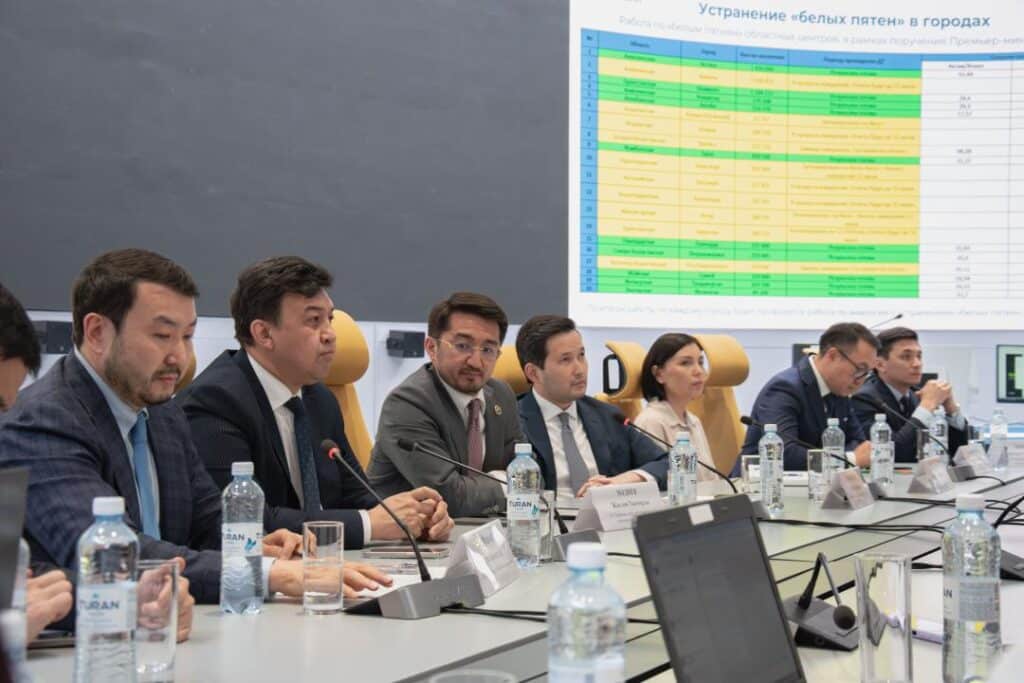
According to the Ministry of Digital Development, Innovations and Aerospace Industry of Kazakhstan, 1,729 schools have been provided with internet access through satellite technology from Elon Musk’s Starlink.
«Currently, 1,729 schools in rural areas have been connected to Starlink, a satellite internet constellation. After successful negotiations with the National Security Committee, we plan to expand the pilot project (about 70 user terminals) to cover the needs of the Ministry for Emergency Situations during emergency recovery,» the ministry said in a statement
In June, Yerzhan Meiramov, the chair of the Telecommunications Committee under the Digital Ministry, announced that the country would spend $5 million to provide 2,000 schools in rural areas with internet access through Starlink. One user terminal from Starlink costs $2,500 and comes with a subscription fee of $295.16 per month, amounting to $583,300 per month for all user terminals. This means that subscription fee payments over the first year will exceed the cost of the equipment itself.
Meiramov highlighted that user terminals from Starlink are very durable and can work for years. Moreover, the company has provided a warranty and will replace any device if needed.
During a briefing, representatives of the Digital Ministry also revealed plans aimed at improving the quality of internet and mobile services on highways throughout the country. The ministry has analyzed around 25,000 kilometers of highways in Kazakhstan to assess their mobile internet connectivity.
Based on this analysis, local executive bodies are preparing feasibility studies for 243 antenna mast structures (AMS’s, ranging from 20 to 60 meters in height depending on the landscape), which will be used by mobile operators to mount their base stations. These structures are expected to be built between 2025 and 2026. So far, authorities have received positive opinions from experts on 17 AMS’s, while feasibility studies for 180 AMS’s are still underway.
Once local authorities build the antenna mass structures, mobile operators will install their equipment to provide mobile services along highways. According to Meiramov, under the Accessible Internet National Project, the government will allocate $128.6 million to build AMS on the fringes of highways.
Furthermore, the Digital Ministry is identifying «blind spots» that affect internet connection quality. In 2023, authorities reported 67 such areas in Astana, claiming that 52 of them were fixed. However, they later found 31 more areas with poor internet connectivity. The ministry has promised to fix these blind spots in Astana and other regions of Kazakhstan.













